OpenAI’s Enhanced ChatGPT Models: How AI is Optimizing Website Performance
OpenAI’s Enhanced ChatGPT Models: How AI is Optimizing Website Performance
OpenAI’s augmented models of ChatGPT, including the GPT-4o, GPT-4.5, and the o-series (o1, o3, and variants), represent remarkable innovations in artificial intelligence by providing ChatGPT with exceptional capabilities. These models are built on complex architectures, allowing them to excel at text generation, image analysis, and advanced reasoning, incurring maximum benefits for businesses and even improving website efficiency. This article analyzes OpenAI’s enhanced ChatGPT models, arguing their potential to foster ingenuity while aligning with Google’s policies on high-caliber, user-guided content.
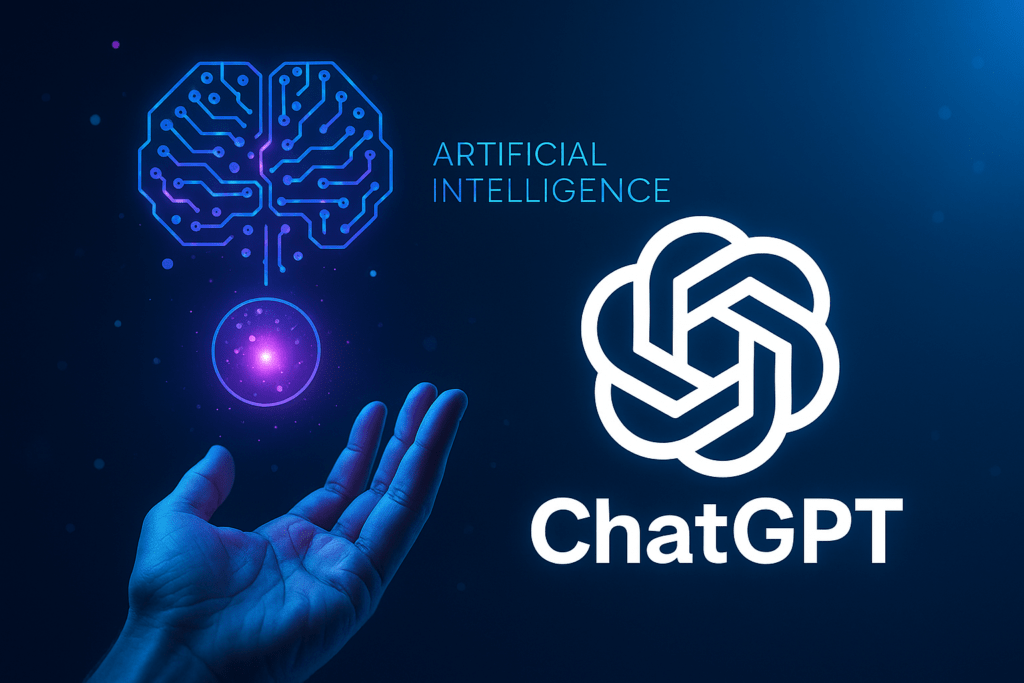
Revolution of OpenAI’s Enhanced ChatGPT Models
ChatGPT was launched in November 2022, based on a GPT-3.5 model and tuned for conversation using a technique called Reinforcement Learning with Human Feedback (RLHF). These newest enhancements of ChatGPT have been developed with broader datasets, improved architectures, and multimodal features. Most of these newly added capabilities incorporate robotic process automation, content generation, problem-solving, and multilingual capabilities.
Enhanced ChatGPT Models: GPT-4o and o-series
GPT-4o: Versatile Capabilities
Like its predecessors, GPT-4o, marked as ‘o’ for omni, is an enhanced version. It is multimodal, accepting input in text, image, and audio formats simultaneously, with real-time processing. Since May 2024, these capabilities have been available. It specializes in non-English languages, advanced imaging tasks, and sophisticated voice instruction interpretation, making it one of the most powerful of OpenAI’s enhanced ChatGPT models.
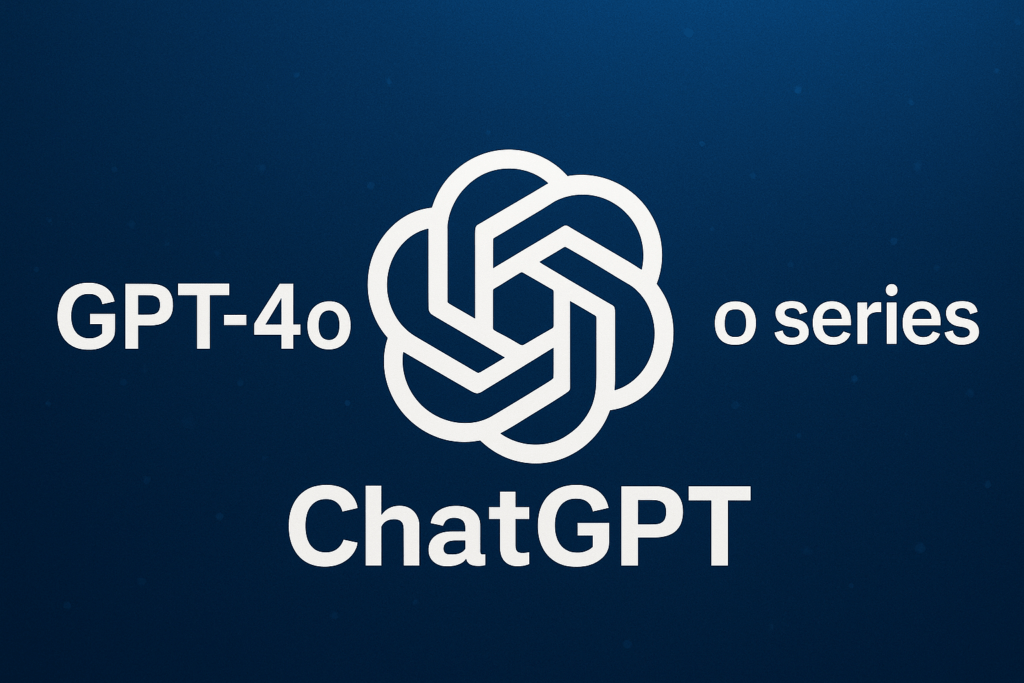
o-series (o1, o3, o4-mini): Reasoning Powerhouses
Available starting September 2024, these models target advanced STEM tasks like coding, math, and scientific reasoning. The o3 model, released in April 2025, adds web browsing and image analysis tools for more efficient task completion.
OpenAI’s Architectural Innovations
OpenAI greatly enhances each new version of ChatGPT by incorporating transformer neural networks into the model, with advancements in pre-training and fine-tuning. GPT-4.5 utilizes unsupervised learning to expand pattern recognition, while the o-series focuses on step-by-step simulated reasoning. These models undergo training on massive datasets, then are carefully fine-tuned with RLHF to meet user expectations and application needs.
Capabilities of OpenAI’s Enhanced ChatGPT Models
Enhanced models are tailored for high accuracy across a variety of tasks, establishing a new benchmark in AI. This increases their versatility, allowing for tasks that require greater attention or speed.
Multimodal Processing
GPT-4o
Mastery over text, images, and audio, including real-time speech and vision tasks, as well as advanced voice interactions. Multilingual description and image analysis are also key uses for this model.
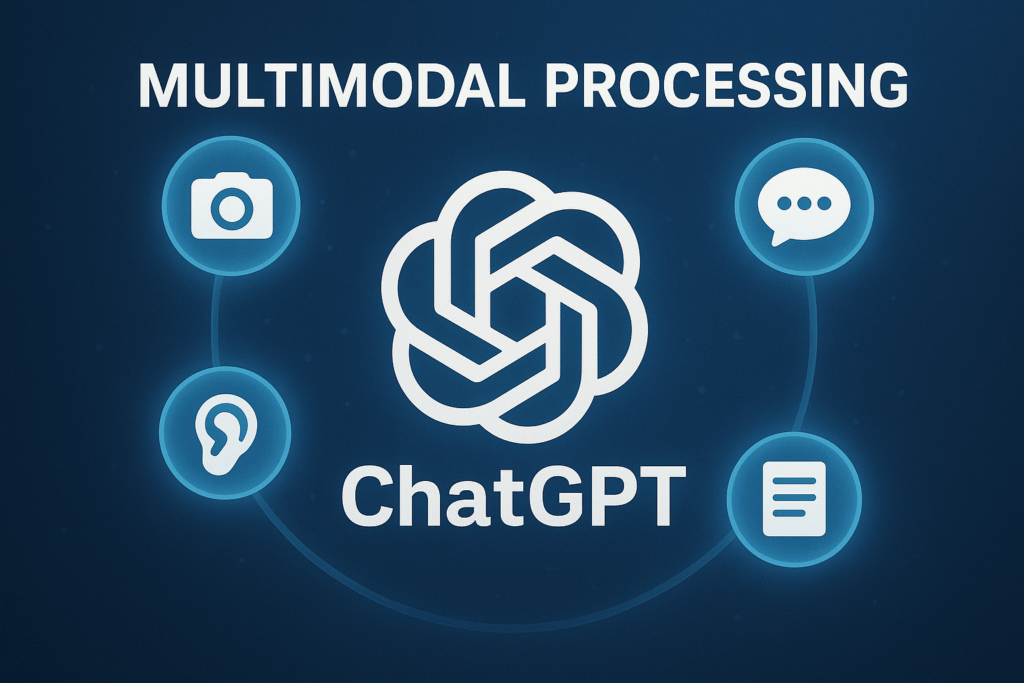
o3 and o4-mini
Image reasoning on diagrams, whiteboards, and low-quality sketches is enabled alongside image generation and manipulation, such as rotating or zooming.
Advanced Reasoning
o-series
Created for advanced problem-solving, these models simulate a “thinking” process and excel in research, coding, and scientific tasks. For example, o3 can autonomously retrieve data, write Python code, and create visualizations in a single query.

GPT-4.5
Responds with inherent reasoning without taking clear logical steps, offering a more natural answer and understanding user intent.
Tool Integration
Models o3 and o4-mini can dynamically use tools like web browsing, Python execution, file uploads, and image generation. This agentic ability allows them to accomplish multistep tasks without external aid, such as forecasting trends or analyzing datasets, improving the functionality of OpenAI’s enhanced ChatGPT models.
Natural and Intuitive Interaction
GPT-4.5
Shows better detection of intent and subtle speech and emotion cues, providing a high emotional quotient (EQ) for collaboration during human interaction.

o1 and o3
These models are clear responders, providing detailed, structured responses that align with the complexity of the prompt given.
Use Cases of OpenAI’s Enhanced ChatGPT Models
Due to the versatility of these models, they can be used to boost personal productivity or as enterprise solutions, making them valuable in many industries.
Consumer Applications
Education and Learning
GPT-4.5 aids in writing and language learning, while o3 leverages OpenAI’s enhanced ChatGPT models for academic success through solving complex math and science problems.
Creative Tasks
Both GPT-4o and GPT-4.5 focus on creative tasks such as writing, brainstorming, and image generation, while o3 helps with tactical content ideation and overall planning.
Developer and Enterprise Use
API Integration
Custom applications, from chatbots to coding tools, integrate with OpenAI’s API, leveraging GPT-4o, GPT-4.1, and o1 models. Advanced coding is possible with GPT-4.1, released in April 2025, which supports a 1-million-token context window.

Research and Analysis
The o-series shines in quantum optics, scientific research, data annotation, and processing complex formulas.
Industry-Specific Solutions
Healthcare
o1 aids with dataset analysis for medical research, while GPT-4o supports diagnostic image analysis through vision capabilities.
Business
OpenAI’s enhanced ChatGPT models empower enterprise-grade data analytics, customer support chatbots, predictive services, and secure deployments through Azure OpenAI Service.
Limitations and Considerations
Despite advancements, OpenAI’s enhanced ChatGPT models have the following constraints:
Feature Gaps
Lack of sophisticated tools like voice mode or real-time web browsing. Future updates may address these.
Accuracy Challenges
Outputs, especially with large context windows, may become inaccurate. With 1 million tokens to process, GPT-4.1 loses precision.

Access and Cost
High-tier subscriptions (like ChatGPT Pro for $200/month) limit users to premium models (o1 pro mode, GPT-4.5), creating inaccessible paywalls.

Conclusion
The new models of OpenAI’s ChatGPT, including GPT-4o, GPT-4.5, and the o-series, mark another leap in AI innovation as they offer multimodal capabilities, enhanced reasoning, and seamless tool integration. These models assist with educational and enterprise tools, and they have unmatched versatility in serving different goals and purposes. Moreover, they are industry changers and improve the user experience. Even with the remaining drawbacks of inaccuracy and the need for a premium subscription, the advancements achieved are unquestionable. Individuals and businesses now have powerful tools for innovation and growth thanks to OpenAI’s enhanced ChatGPT models.
Learn about AI-driven security tools in Instagram AI tools for password protection.
Explore how AI enhances platform functionality in Google Firebase features.
Discover AI innovations in machine learning across various sectors.
Read about cybersecurity challenges in Indian government website hacks.

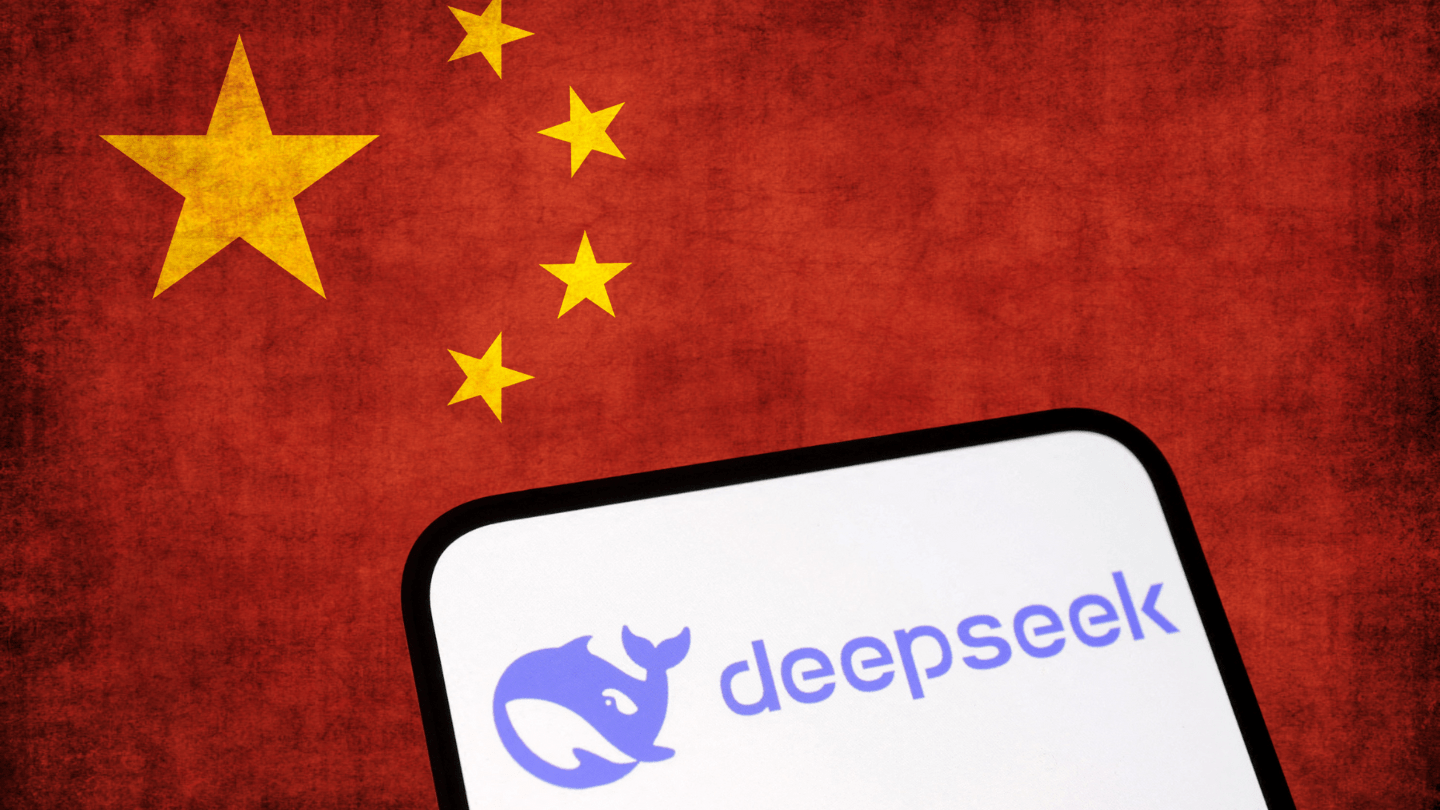
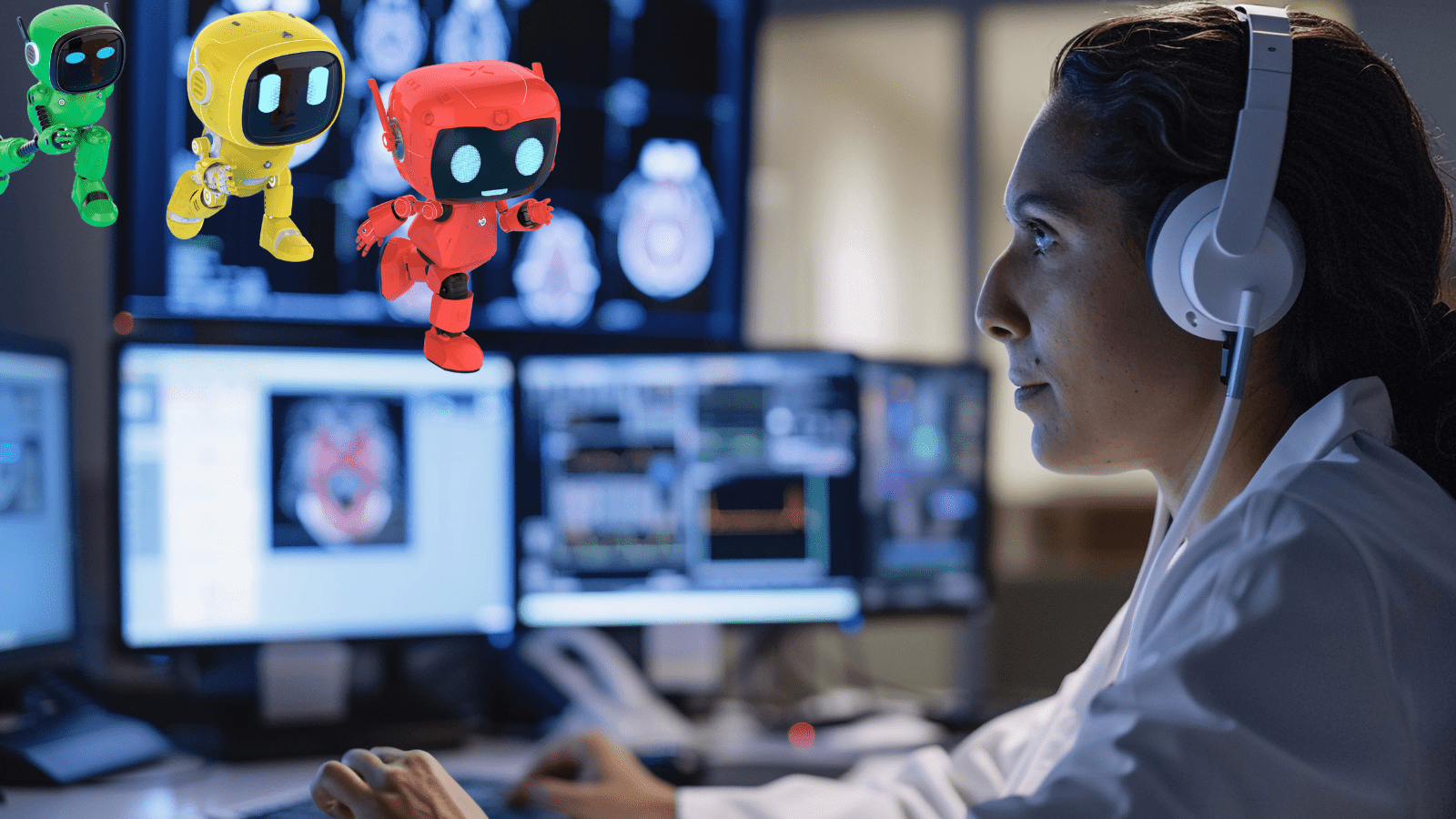




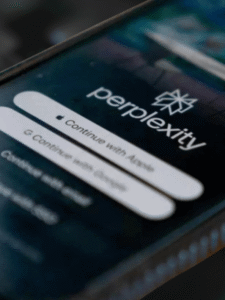




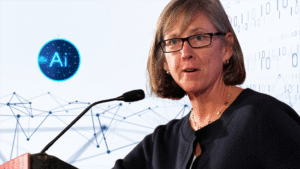
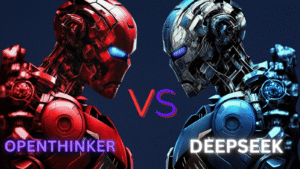
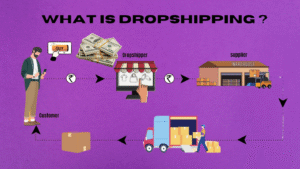

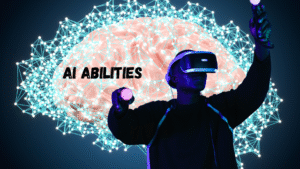

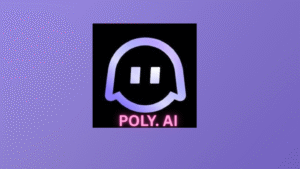
Post Comment